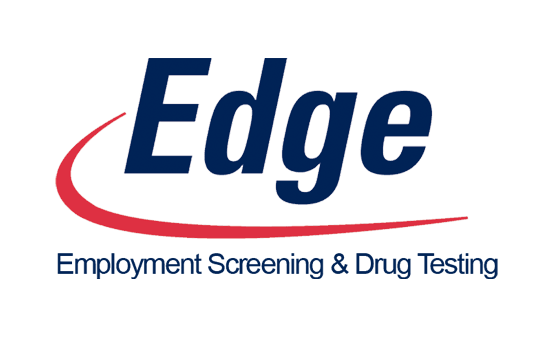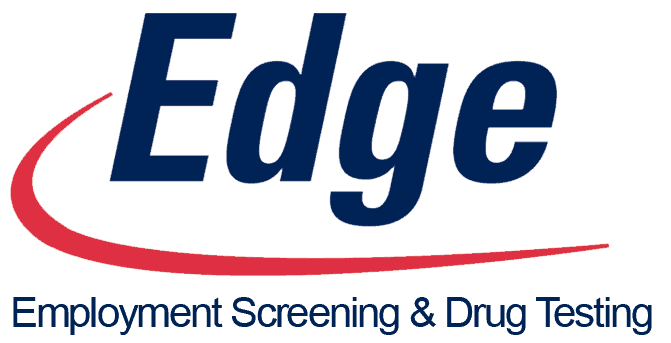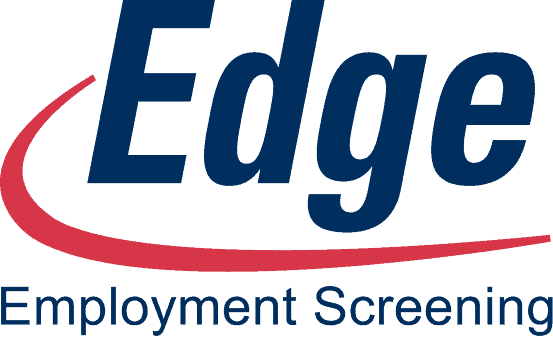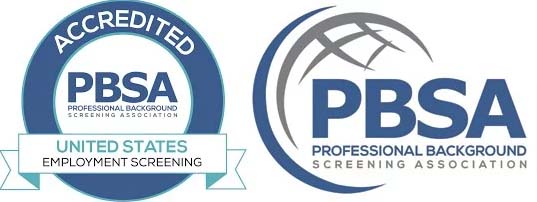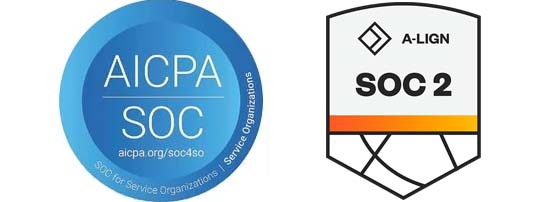Hiring someone is more than matching skills to a job description.
For many employers, especially those that operate vehicles, heavy equipment, or other safety-sensitive operations, the stakes include public safety, regulatory compliance, and legal exposure. That’s why it matters whether you run a typical employment background check or a regulated DOT background screening package.
This article will explain the differences, give evidence-based reasons why each is used, show real workflows, and give practical checklists you can use today.
TL;DR — The Short Version
- Standard pre-employment checks can typically verify identity, employment, education, criminal history, and, when job-relevant, credit or driving records. They are driven by risk and FCRA rules.
- DOT background screening is a federally mandated, safety-focused program that can include DOT drug & alcohol testing, Clearinghouse queries, medical exams, MVRs and safety-performance checks. All of which are required for many commercial driving and safety-sensitive roles.
- Use standard checks for most office, retail, and professional roles. Use DOT packages for CDL drivers and other DOT-covered positions. Get the right package to avoid fines, delays, or worse: safety incidents.
What A Standard Pre-Employment Screening Actually Covers
A standard background screening is flexible by design. Employers choose a package appropriate for the role. Common elements:
- Identity & SSN trace (addresses)
- County / state / federal criminal searches (scope varies by role and law)
- Employment & education verifications
- Professional license checks (nurses, CPAs, technicians)
- Motor vehicle records (MVR) only if driving is an essential duty
- Credit report only where legally permitted and job-related
- Pre-hire drug screening when employer policy or local/state law requires it
SHRM and recruiting benchmarks show background checks are extremely common: most employers use some form of screening to reduce negligent-hiring risk and to verify credentials before they place someone into a role. Recent industry benchmarking finds that a large majority of organizations still include background checks as part of their recruiting process.
Why this matters: A credible employment background check reduces the chance of negligent hiring claims, helps protect assets and reputation, and, when handled fairly, supports safer workplaces.
What Makes DOT Screening Different (And Why The Law Can Require It)
DOT-regulated screening is purposefully prescriptive: it’s designed to keep potentially impaired or unqualified people out of safety-critical roles. Key DOT elements include:
- DOT drug & alcohol testing with strict collection and laboratory rules (49 CFR Part 40). These rules describe specimen collection, chain of custody, Medical Review Officer (MRO) roles, and return-to-duty protocols.
- FMCSA Clearinghouse queries — employers must run a full query for pre-employment CDL applicants and limited (annual) queries for current drivers. The Clearinghouse records positive tests, refusals, and return-to-duty (RTD) status.
- Motor Vehicle Records (MVRs) were pulled from every state in which the candidate held a license for the lookback period required by regulation or company policy.
- Pre-Employment Safety Performance History (PSP) / crash and inspection data for commercial drivers, where applicable.
- DOT medical certificate issued by a National Registry medical examiner proving fitness for duty.
Bottom line: DOT rules (e.g., 49 CFR Part 382 and Part 40) are federal mandates for many drivers and safety-sensitive workers. Missing a Clearinghouse query or DOT drug test is not merely a process error, but a compliance violation with civil and operational consequences.
Data That Proves The Point: Safety And Scale
- FMCSA’s pocket guide and crash data show thousands of fatal crashes involving large trucks and buses in recent years. This data motivates stringent DOT screening and monitoring. FMCSA compiles crash, inspection, and enforcement data to support policy and enforcement actions.
- Since the Clearinghouse launched, hundreds of thousands of driver-related drug and alcohol records have been registered. Monthly Clearinghouse reports document the scale of violations and drivers in return-to-duty processes. Employers must query the system to learn whether a candidate is disqualified or in RTD status.
- Public health and occupational studies indicate a measurable share of younger workers report substance use on the job (recent AJIM research and university reports). These findings support why DOT’s strict testing regime exists and why many non-DOT employers still adopt drug testing policies.
What The Research Tells HR Leaders
- Recidivism & employment: Multiple academic studies (Urban Institute, RAND and others) show stable employment reduces recidivism, but overly broad background checks can make re-entry to the workforce harder. The best practice: focus on job-relevant checks and reasonable lookback windows.
- Drug-free workplace impact: Studies of drug-free workplace programs show industry-specific reductions in injuries and absenteeism when paired with appropriate support (treatment, return-to-work programs). That balance, safety plus support, helps organizations avoid blunt exclusionary policies.
- Operational reality: SHRM and talent benchmarking find that most employers still use background checks, and many use drug testing selectively. This means that screening programs remain mainstream but increasingly tuned to hiring realities and inclusion goals.
Common Mistakes (And How To Fix Them)
- Treating DOT and non-DOT roles the same. Fix: create separate SOPs and train recruiters.
- Skipping Clearinghouse queries for CDL hires. Fix: automate full queries during the selection funnel.
- Inconsistent adjudication (adverse action errors). Fix: adopt documented job-related criteria and follow FCRA adverse-action steps.
- Poor documentation for audits. Fix: maintain Driver Qualification Files and chain-of-custody records for DOT, and keep signed consents, disclosures, and reports for FCRA compliance.
Quick, Checklist Samples
DOT Hire Checklist
- Confirm role is DOT-covered.
- Send FCRA disclosure + Clearinghouse consent.
- Order DOT drug test (49 CFR Part 40).
- Pull MVR(s) for all states of licensure.
- Request PSP and previous DOT employer safety history (3 years).
- Schedule DOT medical exam and store MEC in DQ file.
- Enroll driver in random testing pool and schedule annual limited Clearinghouse queries
Standard Hire Checklist
- Send FCRA disclosure + candidate authorization.
- Run criminal searches (county/state/federal) as relevant.
- Verify past employment and education.
- Check professional licenses/certificates.
- Optional: run targeted drug test if role-relevant.
Why Partner With A Specialist Pre-Employment Screening Company
Understanding the differences between DOT background screening and standard pre-employment checks is only half the battle. The real challenge is execution.
Employers often underestimate the complexity of federal compliance rules, especially in regulated industries like transportation.
Attempting a DIY approach can be risky: missing a required FMCSA Clearinghouse query, failing to obtain proper consent, or overlooking a local compliance update can result in fines, legal exposure, or even the loss of operating authority.
When you’re juggling compliance across DOT rules, the FCRA, and state laws, partnering with a pre employment screening company reduces risk and admin overhead. A qualified vendor will:
- Keep up with changing federal/state rules (e.g., Clearinghouse updates, Part 40 clarifications).
- Provide both DOT and standard package options.
- Integrate with your ATS and document workflows to avoid bottlenecks.
- Offer nationwide specimen-collection and fingerprinting networks for fast turnaround.
If you need both the standard and DOT packages handled properly, an experienced pre employment screening company is the practical route to avoid exposure and ensure time-to-hire stays competitive.
For more insights on why outsourcing makes sense, check out this article on the benefits of outsourcing background screening.
Final Thoughts
Choosing between a routine employment background check and a regulated DOT background screening affects legal compliance, safety, and time-to-hire. DOT roles require federal-grade processes (Clearinghouse, Part 40, medical exam, MVRs) and ongoing monitoring, while non-DOT roles still benefit from tailored checks driven by job risk and sensitivity.
By combining evidence (FMCSA crash and Clearinghouse data), academic insights on fairness and recidivism, and practical workflows, employers can design modern screening programs that protect people without blocking opportunity.
If you want practical help implementing either package, Edge Information Management can run both DOT and standard programs, integrate with your ATS, and help you schedule on-site testing or fingerprinting so hires aren’t delayed.
At Edge Information Management, we bring more than 30 years of experience supporting employers nationwide. Our team understands the complexities of DOT regulations, FMCSA Clearinghouse requirements, and state-by-state background screening laws.
In addition to running reports, we’ll also guide you through compliance, help you avoid legal pitfalls, and deliver the information you need to make confident hiring decisions.
Partnering with Edge means:
- Faster turnaround times with accurate results.
- Expert guidance on DOT and non-DOT compliance.
- Custom screening packages tailored to your industry.
- Dedicated support from professionals who know your business challenges.
Hiring is one of the most critical decisions you make. Don’t leave it to chance. Rather, leave it to experts who combine industry knowledge with proven technology.
Schedule an appointment with Edge Information Management today and discover how the right screening partner can protect your company while building a safer, stronger workforce.

